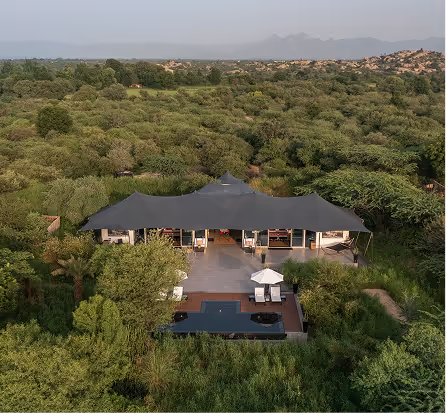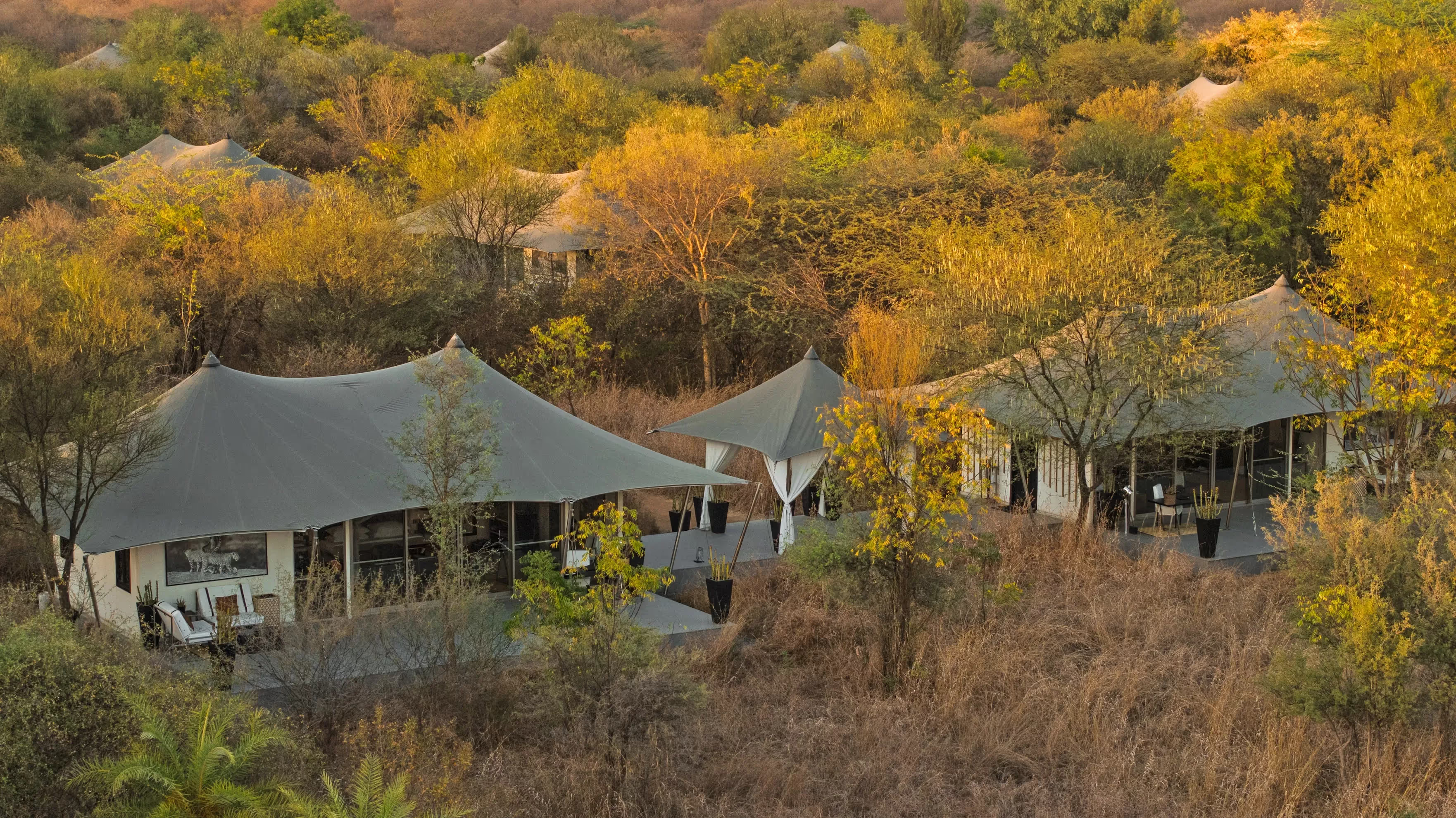
SUJÁN SHER BAGH
"India's Favourite
Safari Lodge 2025 "

Press & Awards
At SUJÁN, our passion for creating transformative luxury experiences has been recognized by leading voices in travel, conservation, and hospitality. From international press coverage to prestigious awards, these accolades celebrate our commitment to exceptional service, responsible tourism, and the preservation of India’s wilderness and cultural heritage. Explore the stories and honors that continue to inspire our journey.
Filter by camp
Thank you! Your submission has been received!
Oops! Something went wrong while submitting the form.
Filter by date
Thank you! Your submission has been received!
Oops! Something went wrong while submitting the form.


Suján Jawai
Suján Sher Bagh
All camps
2025
Suján Jawai
Suján Sher Bagh
All camps
2025
Suján Jawai
All camps
2025
01
03
02












